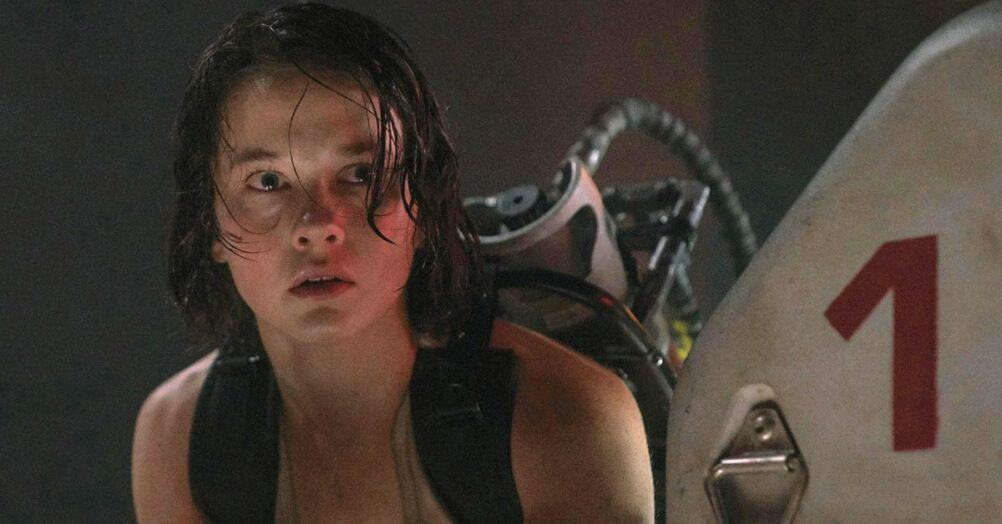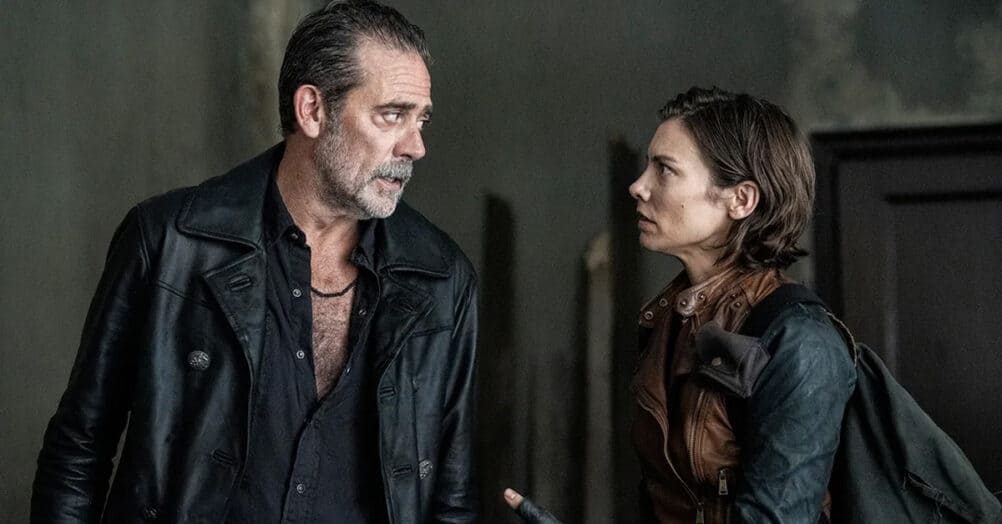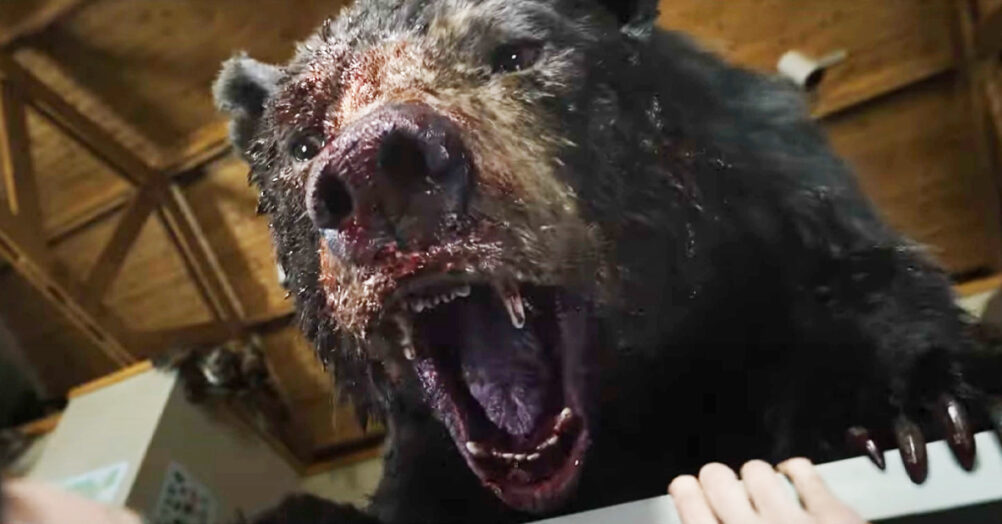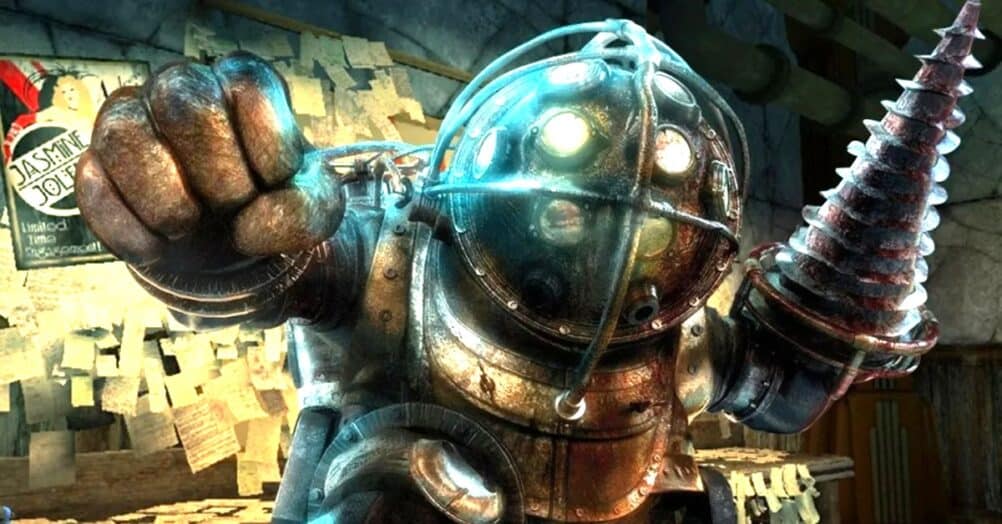

Secret Avengers #1 (Marvel, $3.99)
By Devon Sanders
Secret Avengers just may be the perfect superhero comic book. It has Valkyrie, my favorite member of The Defenders. The long-awaited return of The Beast to The Avengers ranks. Moon Knight, a character I always thought was cool but never really wanted to spend money on in a solo book. War Machine, as the resident tech guy. (Also, see “Moon Knight.”) My two favorite cast members from writer Ed Brubaker’s Captain America run, Sharon Carter and The Black Widow. The Irredeemable Ant-Man offered redemption by the only man capable of doing so, wholeheartedly. Steve Rogers, former Captain America, agent of counter-terrorist organization, S.H.I.E.L.D. What could make it better? The Secret Avengers on the hunt for The Serpent Crown with The Serpent Society and the far more evil RoXXon Energy Corporation in hot pursuit, pure fanboy indulgence run amok. Artist Mike Deodato illustrates it all wonderfully with well-composed action sequences, proper superhero anatomy and the only two facial expression one should ever see on Steve Rogers face; a smile and dogged determination. And when War Machine looks at the former Cap and basically asks, “Do you have a man on Mars,” and with a smile, he answers, “Of course I do…,” all you can do is say, “Of course, he does.” With espionage and superheroics on the planet Mars, Secret Avengers #1 is equal parts G.I. Joe and Avengers and a comic that dares you not to find it “awesome.”





 Zatanna #1 (DC, $3.99)
Zatanna #1 (DC, $3.99)
By Jeb D.
I often think that the biggest challenge facing today’s superhero writers is trying to bring some depth to characters that were originally created to be little more than a cool-looking costume. That’s particularly hard with female characters designed mostly for adolescent prurience, and if there’s a poster child for this, it’s Zatanna. And bless Paul Dini, he continues soldiering on, trying to turn the Shapely Sorceress into a credible modern career woman—the kind of modern woman, though, whose career happens to involve doing a stage show in fishnets, all legs and chest, chained and gagged and on display with that chest right in the reader’s face. And, of course, she doesn’t use real magic in order that she might amaze people with stage magic. It’s sort of like there’s a separate Dini-verse within the DCU: a place where everyone agrees to pretend that Zatanna’s just an ordinary gal, and no one thinks that her stage show is in any way strange for its kinky sexiness, or for her casting actors portraying a mass murderer (The Joker) and rapist (Dr. Light) as comic foils. It’s not a bad conceit, necessarily, but it is one that takes a bit of getting used to.
Once past the opening, Zatanna finds herself conducting a (rather talky) investigation into a mass murder with supernatural elements—at the behest, naturally, of a good-looking San Francisco police detective. The two engage in some rather flat banter that’s trying a bit too hard for cute, and which also belies what ought to be the weirdness of what he’s asking Zatanna to take on: paint a room with mystical slaughter and everyone treats it as just another case. Either Zatanna, or Detective Colton, is in the wrong story here: it’s either too big for him, or not big enough for her. Dini takes us through some fairly predictable (and dull) mystery-story beats in order to let us get oriented to Zatanna and her environment, but I hope we get past that quickly: a character who can turn foes into bunnies or pumpkins isn’t going to be terribly satisfying if she remains a traditional gumshoe with a few flashy tricks. It’s early, of course, but right now, Zatanna’s far more interesting than the story that she is in.
Longtime cover artist Stephane Roux does the first interiors I’ve seen from him, and it’s quite nice: more than a bit reminiscent of Ryan Sook‘s work on Morrison’s Seven Soldiers: Zatanna series. Zatanna’s concerned face isn’t that much different from her worried face from her determined face, but she cuts an impressive figure, and the mystical hoodoo that goes on is varied and visually entertaining. Roux is also following in the footsteps of the recent corps of X-Men artists who made good use of the exotic (!) San Francisco setting.
Zatanna’s the kind of character that women readers naturally want to see treated seriously, or at least credibly—and that plenty of male readers also want to see treated seriously, mostly so as to have a good excuse to savor that costume AND read an engaging story. If Dini can manage to straddle those two audiences, the book just may catch on.



 Spider-Woman: Agent of S.W.O.R.D. HC (with Motion Comic DVD)(Marvel, $29.99)
Spider-Woman: Agent of S.W.O.R.D. HC (with Motion Comic DVD)(Marvel, $29.99)
by Graig Kent
I don’t know what it is about Jessica Drew, Spider-Woman, that stirs up such nostalgia in me. As far as I can recollect, I never owned any Spider-Woman comics as a child, I never watched the Spider-Woman cartoon, I had no Spider-Woman toys or paraphernalia… perhaps I’m just mistaking nostalgia for lust. I do find that costume quite fetching. But that’s not the only thing that attracted me to this book. After their remarkable run on Daredevil, I was willing to follow the duo of Brian Michael Bendis and Alex Maleev anywhere, and pairing up on my nostalgia fetish should have had me running to the stands, but when this series originally landed (simultaneously as an iTunes-available “motion comic” and in standard staples-n-paper print form) I avoided it, sensing immediately its ties to the Secret Invasion event which I was fervently avoiding. I let time be the judge on whether my desire would still stand.
Obviously it did, but the Spider-Woman series became more of a curiosity given it’s rather turbulent and short run. If you didn’t know, after its (much-delayed) seventh issue, Bendis and Maleev pulled the plug on the series themselves, with Maleev feeling some potent burnout working furiously on the motion comic and retooling that imagery for the print version. What’s left to be digested a few months later of all that effort is this collection, presenting both iterations of the same story. And, to be honest, I feel kind of bad for Maleev, because, personally, I don’t think the effort was worth it.
Don’t get me wrong, the book is gorgeous, and if I were to recommend it for any reason, that would be it. Maleev is in peak form, working his mutitextural blend of photography, illustration, and digital processing (inks, colors, sfx) to sumptuous effect. I generally have a quite negative reaction to photoreferencing or photomanipulation, but Maleev is a master at making it seamless and natural, and making it feel like art and not a shortcut. The story that accompanies all this beauty, however, is almost beneath it. Whereas the Bendis/Maleev collaboration on Daredevil existed almost in its own little pocket of noir, with next to no consideration of the outside events of the Marvel Universe, Spider-Woman is entrenched in it, spinning out of Secret Invasion, bringing in Hydra, the Thunderbolts, and the Avengers, as well as referencing Joss Whedon’s run on Astonishing X-Men (which itself cleverly managed to exist in its own little pocket). Bendis makes the story gritty, delving deep into Jessica Drew’s psyche, but it’s still a popcorn superhero story and it’s not as deserving of Maleev’s style and talents. Even if Maleev hadn’t burned out on the series, I’m not certain Bendis could have made “Spider-Woman: Alien-Hunter” work long-term.
As for the motion comic, well, to me it feels like a wasted effort for Maleev, but your mileage will vary depending on your threshold for this new format. Personally, I don’t understand the appeal. It’s not animation, it’s not an audio drama, it’s somewhere in between, but really, despite some protests to the otherwise, it’s visually just wiggly drawings. There are quite a few differences between the motion comic and the printed material, most notably exactly how much of Jessica Drew’s narration the audience gets, but the motion doesn’t improve the story. In fact I found the pacing of the motion comic, something the reader does have some control over with a regular comic, did the storytelling a disservice.
Spider-Woman has really been an enigma for the past 30 years. People are sort of aware of her existence, but if you were to ask anyone but a hardcore fan to describe her origin, or her alter ego, or her powers or personality, you’d be hard-pressed to get even a simple profile of her. Ultimately, in Spider-Woman: Agent of S.W.O.R.D., she is shown as angry and punchy, but it doesn’t really define her, not in any stand-out way at least, and once Secret Invasion becomes a blip on the Marvel event radar, the merit of this story and event in the character’s life isn’t going to resonate.




















Follow the JOBLO MOVIE NETWORK
Follow us on YOUTUBE
Follow ARROW IN THE HEAD
Follow AITH on YOUTUBE